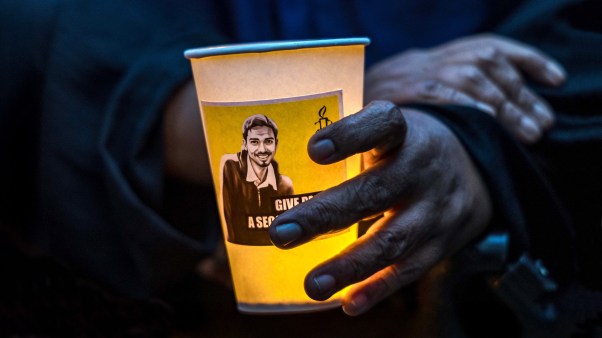Gregory the Illuminator
(c. 240-c. 332) Converted a nation—before Constantine
As an infant, Gregory was whisked away from his homeland—Armenia—by his nurse. His father, it seems, had murdered a member of the king of Armenia’s family, and Gregory’s family was slaughtered in revenge. Gregory was taken to Cappodocia, already a largely Christian province in what is now central Turkey. There he was raised in the Christian faith.
When it was safe, Gregory returned to Armenia with his wife and two sons. He used his connections to gain admission to the ruler, met King Tiridates, whom he converted out of Zoroastrianism to Christianity, but not without many difficulties.
Gregory’s story is encrusted with legend. In one telling, the king imprisoned Gregory for 15 years in a pit full of rotting corpses, and the evangelist was kept alive only because a devout widow bought him food. After killing another missionary, Tiridates became a wild boar. His sister was told that only the prayers of Gregory would change him back. Once Gregory was released, his prayers turned the king back into human form. The grateful Tiridates immediately asked to be baptized along with his household.
For whatever reason, when the king converted to Christianity, much of the kingdom followed suit, and Christianity was soon established as the national religion. Gregory eventually became bishop of Armenia, and he spent much of the rest of his life “bringing the light” (thus his nickname) to his homeland: establishing congregations, building churches, and working with the king to stamp out paganism.
Nino
(early 4th century) Missionary to Georgia
As a young girl, Nino was carried away from her Roman home by Cappadocian raiders and made a slave in Iberia (now eastern Georgia). Frightened and lonely, Nino turned to her faith for solace, spending hours in prayer and reflection. When acquaintances asked her to explain her faith, she simply replied that she worshiped Christ as God.
According to the Palestinian priest Rufinus (whose accounts are difficult to verify), Nino healed a sick child through her prayers. Word of the healing reached the Georgian royal court, and the queen, who was seriously ill, visited Nino. The queen was healed, and, impressed by the slave girl’s faith and the apparent power of her God, she and the king converted to Christianity.
Much in the accounts of Nino’s life must be considered legend, but it is certain that Nino did exist and that she spent considerable time preaching the gospel and building a church. One legend tells how, when her church was being built, one large stone column could not be moved. But when Nino prayed, the pillar raised itself upright and floated through the air to its correct position.
That Nino did convert the monarchs is confirmed in a letter of 334 sent by King Mirian, asking Emperor Constantine for trained clergy to build up the church. Nino was allowed to preach openly for Christ and, like Gregory, against Zoroastrianism. The rest of Georgia eventually followed the royal family’s lead.
Copyright © 1998 by the author or Christianity Today/Christian History magazine. Click here for reprint information on Christian History.










